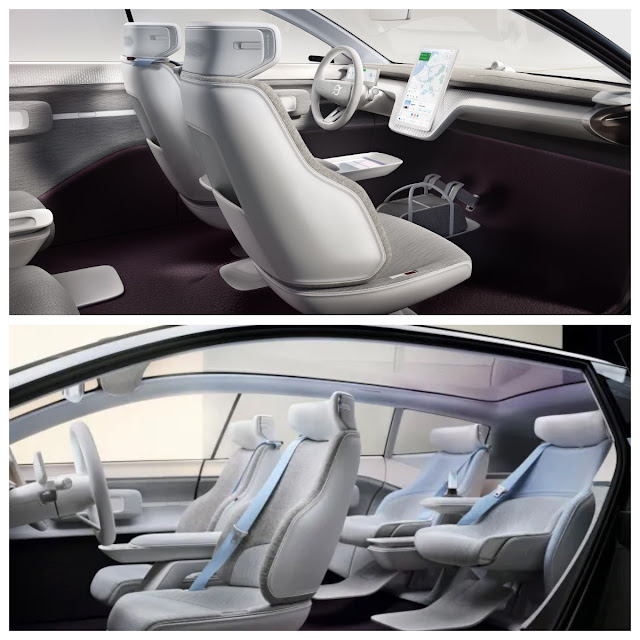When was the last time Volvo attempted to throw off the image of the boxy Swede, with safety more important than driving dynamics and ‘style’?
I think it started when British designer Peter Horbury revealed the S80 sedan in 1998.
That car sprang from Peter’s sketch pad and into the automotive world as a complete break with tradition.
So, the Novocastrian, with a degree from London’s Royal College of Art was something of a shock in Gothenburg, in western Sweden, just a skimming stone’s throw across the Kattegat from Denmark.
Horbury broke with Volvo design tradition by attempting a design led by what is called ‘Nosecap’ styling, where the leading edges of the hood and front fenders end just before the grille, and they become part of the ‘front face’ using a nosecap – usually made from composite materials.
The composite nosecap showed about as much stiffness and careful alignment with the sheet steel edges of the hood and fenders as a McDonald’s Big Mac. Peter was not impressed, so we both moved on to the Ford display to meet up with J Mays and talk about something other than nosecap styling.
Of course, the production engineers got much better at matching the composite nosecap to the steel, and the S80 was a breath of fresh air, leading the way to a design ‘freedom’ which Horbury pursued with vigour.
Now, in 2022, we have another talented and sophisticated Brit who is delivering yet another take, also a complete antithesis to boxy Volvos of the past.
Meet my good friend Robin Page, whom I worked with at Bentley Motors, who arrived in Sweden in 2013 to take over the post of Head of Interior Design.
Volvo pretty quickly established that his design skills were eminently suited to whole car styling, and just four years later he was named Head of Volvo Design, and charged with ushering in a dazzling new design for Volvo called, the Concept Recharge.
By using sustainable materials inside the car, equipping it with tyres from recycled and renewable material, improving aerodynamics and other measures, Volvo Cars can take huge steps to reduce its carbon impact through the car itself.
According to Volvo, with Concept Recharge the company will explore the tension between the need for efficiency and the desire for the same space, convenience and driving experience as in today’s SUVs.
The interior design is rich in sustainable materials, both natural and recycled materials – like responsibly sourced Swedish wool; environmentally responsible textiles, and lightweight composites created from natural sources.
Responsibly sourced Swedish wool is transformed into fully natural breathable cloth, free from additives. This warm and soft material is used in the seat backrest and instrument panel top.
The seat backs and headrests, as well as part of the steering wheel, use a new material created by Volvo Cars called Nordico. It is a soft material made from bio-based and recycled ingredients that come from sustainable forests in Sweden and Finland, providing a CO2footprint that is 74 per cent lower than leather.
Elsewhere in the interior, including in the lower storage areas, back of the headrest and the footrest, the Concept Recharge uses a flax composite, developed by Volvo Cars in collaboration with suppliers. It uses fibres from the linseed plant, which are mixed with composites to provide a strong and lightweight, yet attractive and natural aesthetic.
On the exterior, the front and rear bumpers as well as the sill moldings also consist of flax composite. Using a flax composite both inside and out in this way results in a significant reduction of plastics used.
However, aside from all these lofty environmental aspirations, it is the styling, the design DNA, which I find most stimulating. I don’t want to insert myself here as a design critic, but rather present the images, which I believe say a great deal about Volvo design under Robin Page.
 |
| Robin Page (extreme right) with the design team |











No comments:
Post a Comment